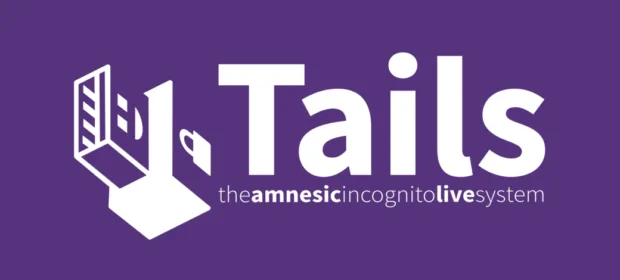The secure storage of passwords and their synchronization between devices is definitely not a simple task. About a year ago, Apple introduced to the world the iCloud Keychain, its centralized password store for Mac OS X and…
CONTINUE READING 🡒 Tails, invisible Linux distributive
Recently, there has been a new release of Tails distribution — the same Tails, rumors said, that had been used by Snowden to hide his channels from the all-seeing eye of Big Brother aka NSA. In this…
CONTINUE READING 🡒 Getting started with Foreman
Manual maintenance of a modern network consisting of multiple systems is very difficult and costly. It requires the tools that provide full life cycle management, including OS deployment, further configuration and change audit. Foreman is the very…
CONTINUE READING 🡒 Let’s code for Leap Motion!
Leap Motion Controller was listed among the top ten devices according to the Time magazine. This device belongs to the nice little family of wireless controllers of the new generation such as Wii Remote, PlayStation Move; its…
CONTINUE READING 🡒 Malware oddball: key aspects of atypical malware
We've long forgotten about assemblers as everyone's used to the fact that most malware is written on C++, C# or even VB. However, anti-virus developers report that virus makers of the XXI century not only use classic…
CONTINUE READING 🡒 Stuxnet DIY: malware for industrial automation concepts
It all started when we came across PLC Delta DVP–14SS211R. And things started moving… Well, what should a hacker do with a programmable logical controller? I’ll say, investigate and try to write an exploit. In one of…
CONTINUE READING 🡒 Using DroidBox for dynamic malware analysis
Malware for Android develops rapidly, and antivirus programs are not always effective against it. Aside from harmful applications, even actual legitimate software sometimes requests privileges which in theory is not needed. How can you find out what…
CONTINUE READING 🡒 Read and execute. Exploiting a new vulnerability in GitLab
In late March 2020, a bug was discovered in a popular web-based tool called GitLab. The error enables the attacker to advance from reading files in the system to executing arbitrary commands. The vulnerability was recognized critical because the attacker doesn’t need any special rights in the…
CONTINUE READING 🡒 






